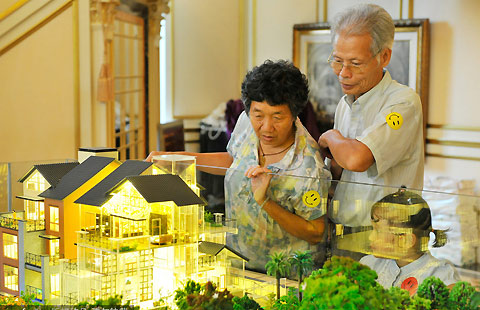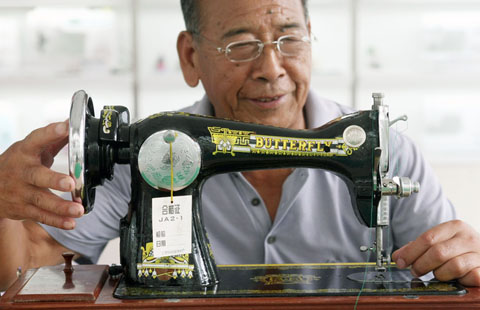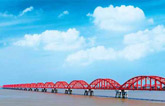Traditional media ad growth stalls
(Xinhua) Updated: 2014-08-09 16:34BEIJING -The advertising revenue of Chinese traditional media grew only negligibly in the first half of 2014, adding to pressure from a decreasing readership, new industry data has showed.
Ad spending on traditional media in China edged up by 0.9 percent year-on-year , according to data released on Friday by market research company CTR, a Sino-British joint venture.
In the first half, overall ad spending gained 4.1 percent year-on-year , largely thanks to strong increases in out-of-home screen media and Internet advertising, showed the data.
CTR monitors all ad spending on traditional media -TV, radio, newspapers and magazine. It also monitors spending on non-digital outdoor billboards, TV screens inside office buildings, cinema pre-roll ads, screens in public transport, and the Internet.
In breakdown, printed media remained stuck in a downward spiral in ad revenue. Ad spending for newspapers dwindled 13.2 percent, while it shrank 7.6 percent for magazines.
Among newspapers' five major ad buying industries, only telecommunication companies were able to increase spending, by 1.1 percent. All four others, including the property sector, spent less in the first half of this year.
Magazines made less ad revenue. All their five major ad buying industries spent less.
Spending on TV rose just 1.9 percent year-on-year in the first half. China's flagship TV station CCTV suffered an 11.1 percent fall in ad revenue, partly due to cuts in its advertising slots.
Ad spending on radio, however, posted a strong rebound of 13.1 percent from a year ago. News programs proved more attractive to advertisers, raking in 21.5 percent more income than a year ago. Most industries increased their ad budget on radio. The property industry, for example, expanded radio ad spending by 37.2 percent.
In the first half, non-digital outdoor billboards collected 7.5 percent more income than a year ago, thanks to the much higher spending of the real estate industry (32 percent) and telecommunications industry (39.7 percent).
With fast expansion of cinema chains across China, cinema pre-roll ads recorded a dazzling 57.1 percent rise. By industry, ad spending by transportation, beverage and entertainment and leisure jumped 139.9 percent, 123.3 percent and 183 percent, respectively.
Ad spending on the Internet maintained strong growth, with a year-on-year jump of 39.5 percent in the first half. E-commerce websites such as Tmall.com and Taobao.com, and online games are big ad buyers.
By industry, ad spending by the biggest spender-cosmetics and toiletries-dipped by 0.8 percent and for the first time contributed to the decline in traditional media ad income. The beverage industry added 4.4 percent more spending while food put in 6.1 percent more money.
In the first half of this year, L'Oreal, the French firm that is one of the world's largest beauty products companies, remained the biggest ad buyer in China, with a strong increase of 23.7 percent. Jiangzhong Pharmaceutical was the most aggressive spender among the Top 10 spenders, with its spending jumping by 181 percent from a year earlier.
|
 |
 |
| New technology allows advertisers track targets | Web users urged to re-use old passwords |
- Cereal imports soar but China remains comfortable
- China's 'silicon valley' to expand
- Anti-monopoly for Chinese consumers' rights: govt
- Non-resident yuan deposits reach 1.5t yuan
- Hard landing unlikely for China's property market
- China-ASEAN trade, investment has room to deepen
- China car probes aim for fair market: association
- Robots delivering meals in Jiangsu














